Home>Furniture & Design>Living Room Furniture>How High Above A Dining Room Table Should A Chandelier Be
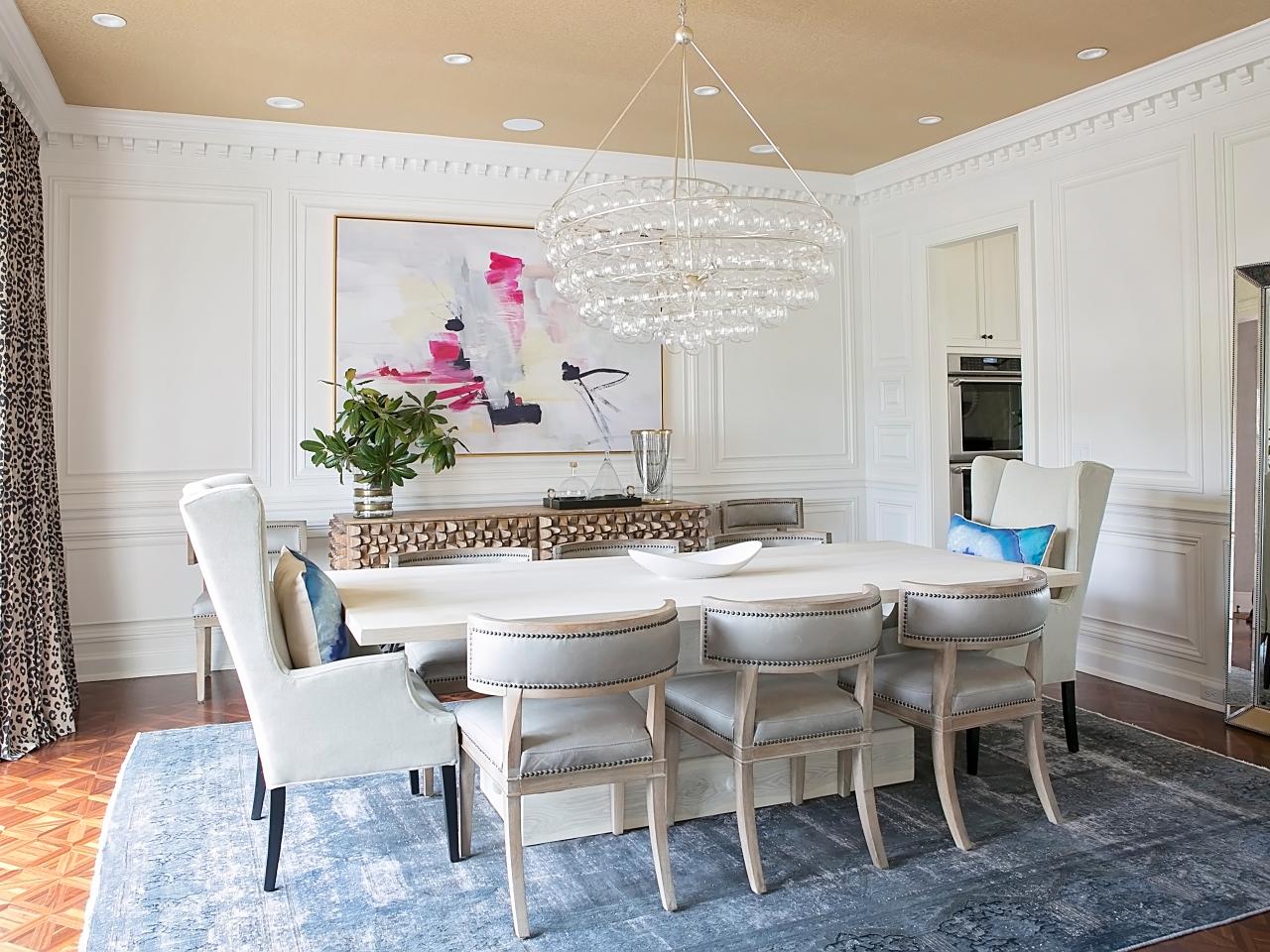

Living Room Furniture
How High Above A Dining Room Table Should A Chandelier Be
Modified: February 17, 2024
Discover the ideal chandelier height for your dining room table. Get expert tips on living room furniture, furniture design, and more.
(Many of the links in this article redirect to a specific reviewed product. Your purchase of these products through affiliate links helps to generate commission for Storables.com, at no extra cost. Learn more)
Introduction
When it comes to designing a dining room, the chandelier is often the centerpiece that ties the entire space together. It not only provides essential lighting but also serves as a striking visual element that can elevate the ambiance of the room. However, determining the ideal height for a chandelier above a dining room table can be a daunting task. Striking the perfect balance between functionality and aesthetics is crucial in achieving a harmonious and inviting dining area.
To ensure that the chandelier not only illuminates the table effectively but also complements the overall design scheme, several factors must be taken into consideration. From the dimensions of the room to the style of the chandelier, each element plays a pivotal role in creating a cohesive and visually appealing dining space. By understanding the key factors and guidelines for chandelier placement, homeowners and interior designers can make informed decisions that result in a captivating and well-lit dining room. Let's delve into the essential considerations for determining the optimal height of a chandelier above a dining room table.
Key Takeaways:
- Finding the perfect height for a chandelier above a dining table involves considering ceiling height, table dimensions, and personal style to create a well-lit and visually appealing dining space.
- The size of a chandelier should match the table’s proportions, room scale, and lighting needs to create a balanced and captivating focal point in the dining area.
Factors to Consider
When determining the ideal height for a chandelier above a dining room table, several crucial factors should be taken into account to achieve a balanced and visually appealing arrangement. These factors play a significant role in ensuring that the chandelier not only provides ample illumination but also enhances the overall aesthetic of the dining space. Here are the key factors to consider:
- Ceiling Height: The height of the ceiling is a fundamental consideration when determining the placement of a chandelier. In rooms with standard ceiling heights, the chandelier should typically be positioned approximately 30 to 34 inches above the tabletop. However, in spaces with higher ceilings, the chandelier may be suspended slightly lower to maintain proportion and visual impact.
- Dining Table Dimensions: The size and shape of the dining table are essential factors to consider. For a rectangular table, the chandelier should ideally mirror its length and be centered over the longest axis. Similarly, for a round or square table, the chandelier should be centered to ensure balanced illumination and visual harmony.
- Room Size and Scale: The scale of the chandelier should be proportionate to the size of the dining room. In larger rooms, a substantial chandelier can make a bold statement, while in more intimate spaces, a smaller fixture may be more suitable. Additionally, the distance between the chandelier and the surrounding walls should be considered to ensure that the fixture complements the room’s proportions.
- Visual Clearance: It’s crucial to maintain adequate visual clearance above the dining table. This ensures that the chandelier does not obstruct sightlines or hinder interactions among diners. The height of the chandelier should allow for unobstructed views across the table, creating a comfortable and inviting dining experience.
- Design Style and Aesthetic: The style of the chandelier and its compatibility with the overall design scheme of the dining room are essential considerations. Whether it’s a contemporary, traditional, or transitional design, the chandelier should seamlessly integrate with the room’s aesthetic, enhancing its visual appeal and contributing to a cohesive design narrative.
By carefully evaluating these factors, homeowners and designers can make informed decisions regarding the placement of a chandelier, ensuring that it not only illuminates the dining area effectively but also enhances its overall ambiance and visual allure.
Determining the Height
Accurately determining the height at which a chandelier should be suspended above a dining room table is essential for achieving both functional lighting and aesthetic harmony. While guidelines can provide a general starting point, individual considerations and personal preferences ultimately dictate the ideal placement. Here’s a closer look at the process of determining the height of a chandelier:
- Standard Guidelines: As a general rule, the bottom of the chandelier should hang approximately 30 to 34 inches above the tabletop, assuming a standard ceiling height of around 8 feet. This range allows for ample illumination while maintaining a visually appealing proportion within the room. However, in spaces with higher ceilings, the chandelier can be positioned slightly lower to create a more intimate and visually striking effect.
- Eye-Level Consideration: When seated at the dining table, the bottom of the chandelier should ideally be positioned above eye level to prevent glare and ensure a comfortable dining experience. By considering the typical seated eye level, homeowners can gauge the appropriate height to avoid obstructing sightlines and create a pleasant ambiance for dining and socializing.
- Adjustability and Customization: Opting for a chandelier with adjustable suspension allows for personalized height adjustments based on the specific dimensions of the dining area and the desired visual impact. This flexibility enables homeowners and designers to fine-tune the chandelier’s placement, ensuring that it complements the table and surrounding space harmoniously.
- Personal Preference and Visual Impact: While adhering to recommended guidelines is important, personal preference and the desired visual impact play a significant role in determining the chandelier’s height. Some individuals may prefer a more dramatic and statement-making placement, while others may opt for a subtler and understated positioning. Balancing personal taste with aesthetic considerations is key to achieving a chandelier placement that resonates with the overall design vision.
- Mock-Up and Visualization: Before finalizing the chandelier’s height, creating a mock-up or utilizing visualization tools can provide valuable insights into its potential impact on the dining space. This allows homeowners and designers to assess the chandelier’s positioning from various angles and make adjustments as needed to achieve an optimal balance of functionality and visual appeal.
By carefully considering these factors and engaging in a thoughtful decision-making process, homeowners and designers can determine the ideal height for a chandelier above a dining room table, creating a captivating and inviting focal point for the space.
A chandelier should hang 30-34 inches above the dining table for an 8-foot ceiling, and 3 inches higher for each additional foot of ceiling height. This ensures proper lighting and a balanced look.
Chandelier Size
Choosing the right size for a chandelier is crucial in creating a balanced and visually impactful composition above a dining room table. The chandelier’s dimensions not only influence its aesthetic compatibility with the space but also play a significant role in providing adequate illumination and enhancing the overall ambiance. Here’s a closer look at the considerations for selecting the appropriate chandelier size:
- Table Proportion: The size of the chandelier should be proportionate to the dimensions of the dining table. For a rectangular table, the chandelier’s width ideally mirrors the table’s narrower dimension, creating a harmonious visual relationship. Similarly, for round or square tables, the chandelier’s diameter should complement the table’s size, ensuring a balanced and cohesive aesthetic.
- Ceiling Height and Room Scale: In rooms with higher ceilings, a larger chandelier can make a striking statement and fill the vertical space effectively. Conversely, in spaces with lower ceilings, a more compact chandelier may be preferred to maintain proportion and prevent the fixture from overwhelming the room. Considering the scale of the room and the chandelier’s visual impact is essential in selecting an appropriately sized fixture.
- Illumination Requirements: The chandelier’s size directly impacts its lighting capabilities. A larger chandelier with more bulbs or a higher wattage can provide ample illumination for larger dining areas, while smaller fixtures may be suitable for more intimate spaces. Balancing the chandelier’s size with the desired level of illumination is crucial in creating a well-lit and inviting dining environment.
- Style and Design Aesthetic: The chandelier’s size should align with the overall design style and aesthetic of the dining room. Whether it’s a grand, ornate fixture for a traditional setting or a sleek, minimalist chandelier for a contemporary space, the size should complement the design narrative and contribute to a cohesive visual theme.
- Visual Clearance and Placement: Ensuring adequate visual clearance between the chandelier and the dining table is essential for both practical and aesthetic reasons. The chandelier’s size should allow for unobstructed views across the table, creating a comfortable and inviting dining experience while maintaining a visually pleasing arrangement.
By carefully evaluating these considerations and selecting a chandelier size that harmonizes with the dining space’s dimensions, design style, and lighting requirements, homeowners and designers can create a captivating and well-proportioned focal point above the dining room table.
Conclusion
Choosing and placing a chandelier above a dining room table involves a thoughtful balance of practical considerations and aesthetic preferences. By taking into account factors such as ceiling height, dining table dimensions, room scale, and design style, homeowners and designers can make informed decisions that result in a visually appealing and well-lit dining space.
Determining the height of the chandelier requires a nuanced approach, considering standard guidelines, eye-level considerations, adjustability, personal preferences, and visual impact. This process allows for a customized placement that enhances both the lighting functionality and the overall ambiance of the dining area.
Additionally, selecting the right chandelier size is essential in creating a harmonious visual composition. By considering the proportion to the dining table, ceiling height, illumination requirements, design aesthetic, and visual clearance, homeowners and designers can ensure that the chandelier serves as a captivating focal point while providing adequate lighting for dining and social gatherings.
Ultimately, the placement and size of a chandelier above a dining room table contribute significantly to the overall atmosphere and design coherence of the space. By carefully evaluating these factors and engaging in a thoughtful decision-making process, homeowners and designers can create a captivating and inviting dining area that reflects their unique style and enhances the dining experience for all who gather around the table.
Frequently Asked Questions about How High Above A Dining Room Table Should A Chandelier Be
Was this page helpful?
At Storables.com, we guarantee accurate and reliable information. Our content, validated by Expert Board Contributors, is crafted following stringent Editorial Policies. We're committed to providing you with well-researched, expert-backed insights for all your informational needs.
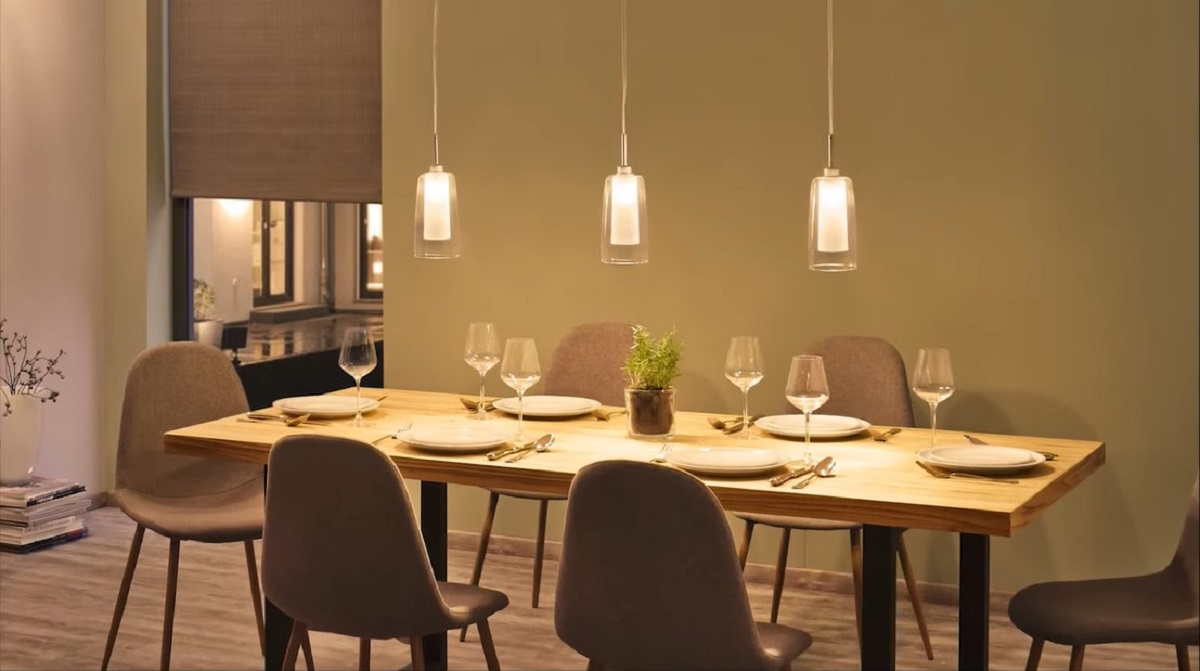
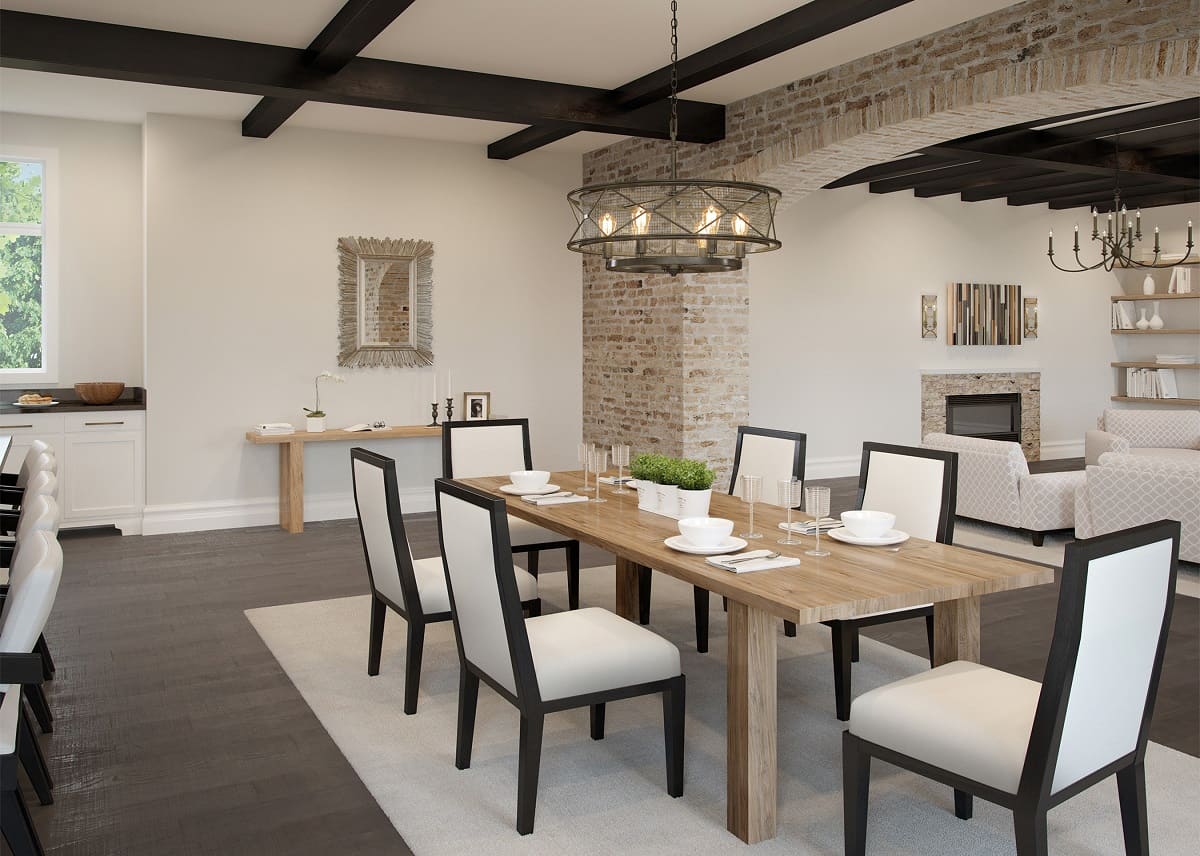


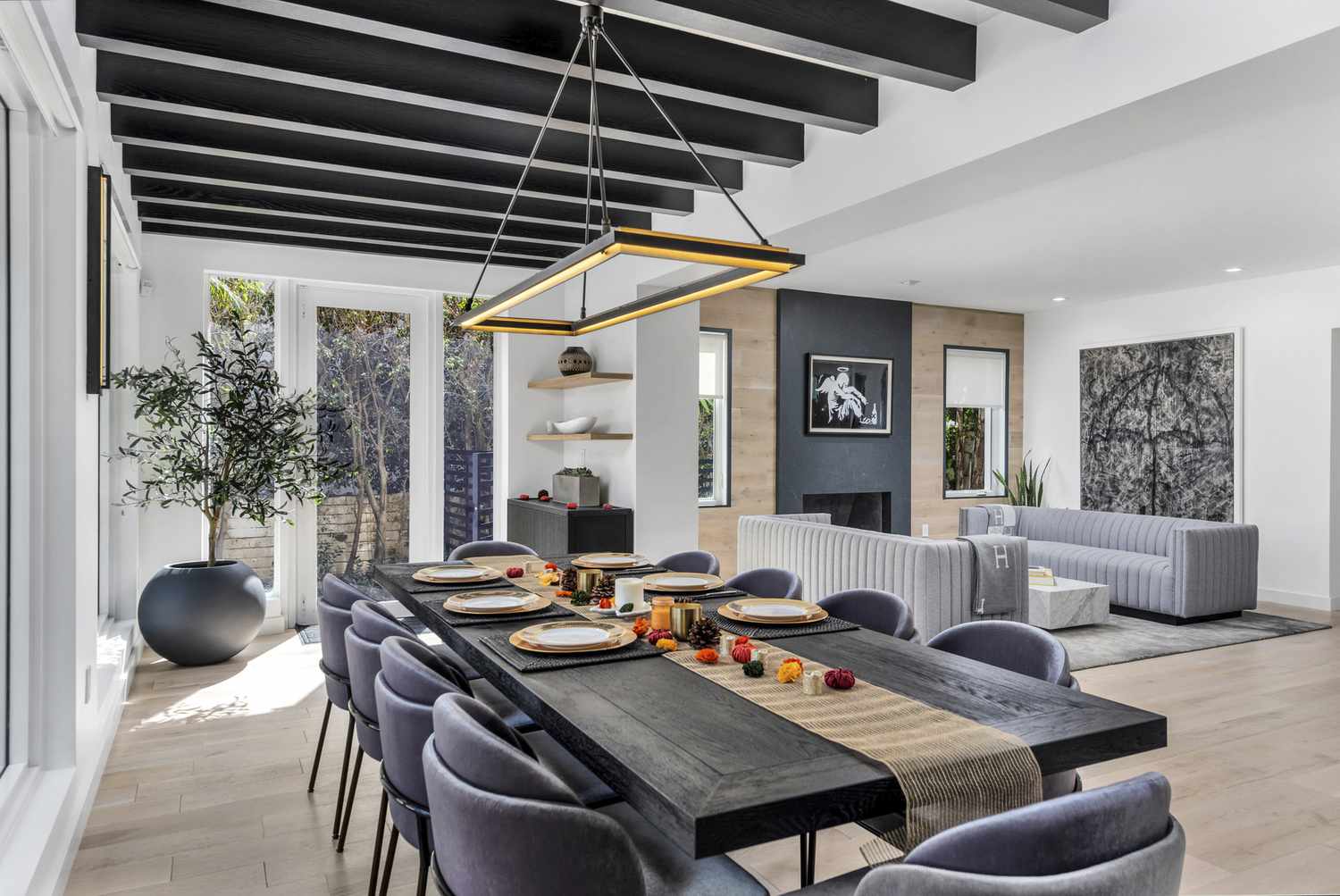
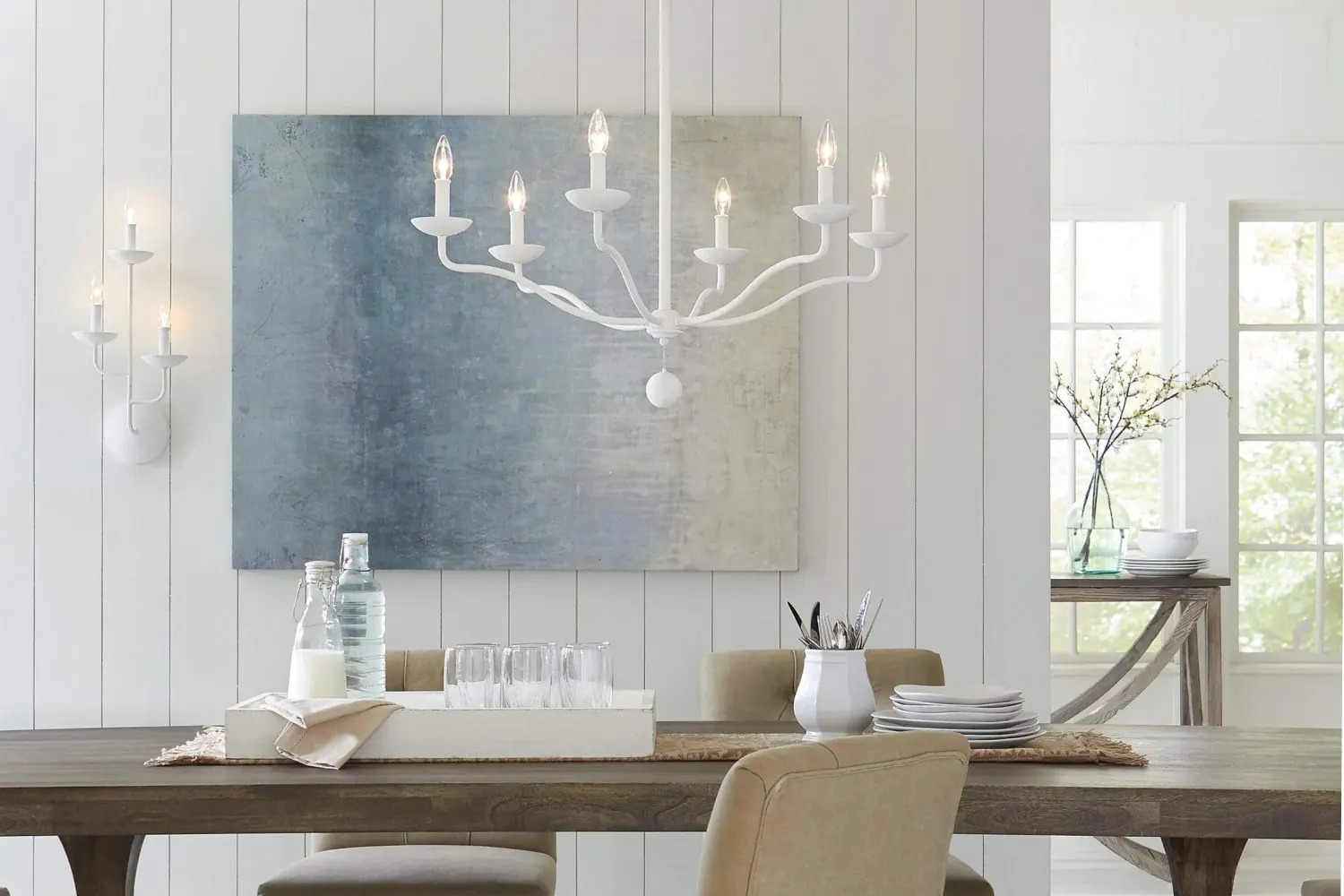




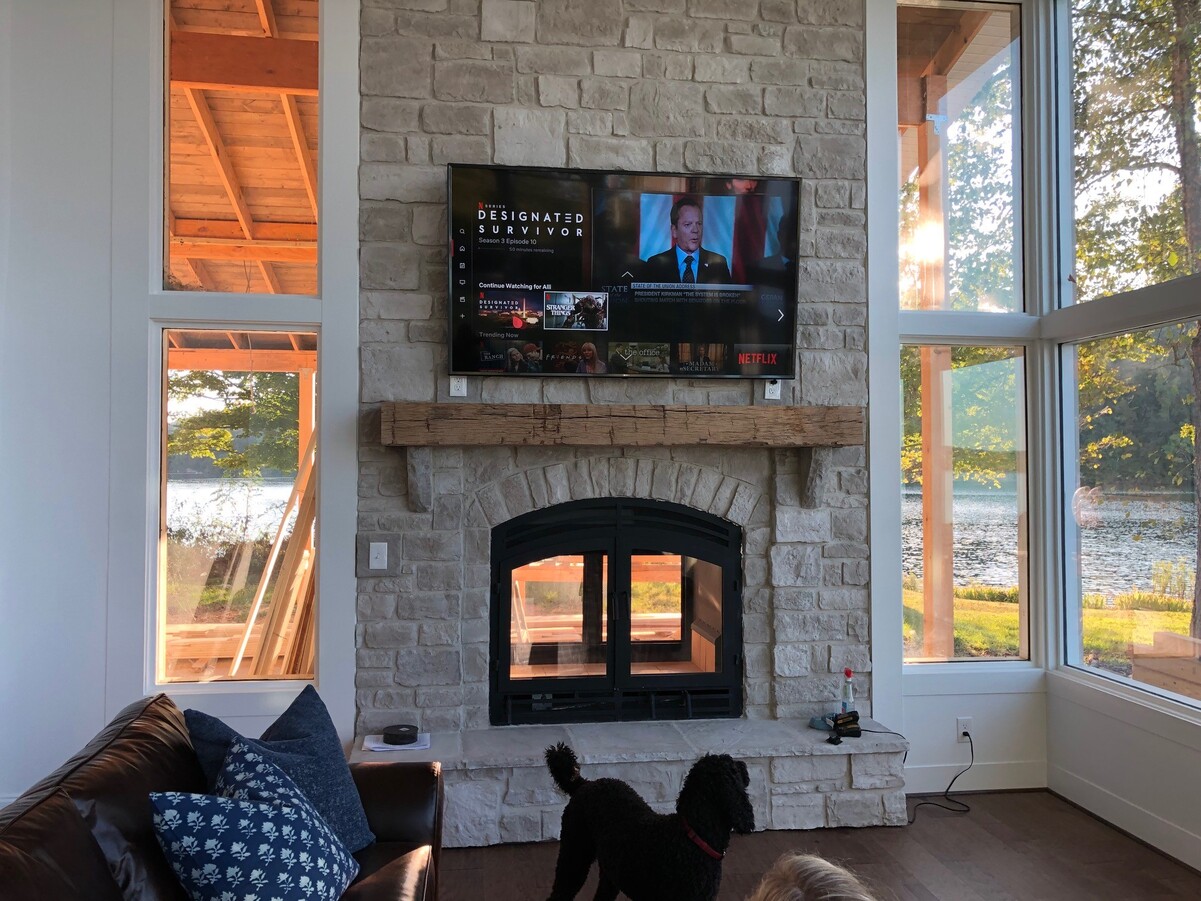



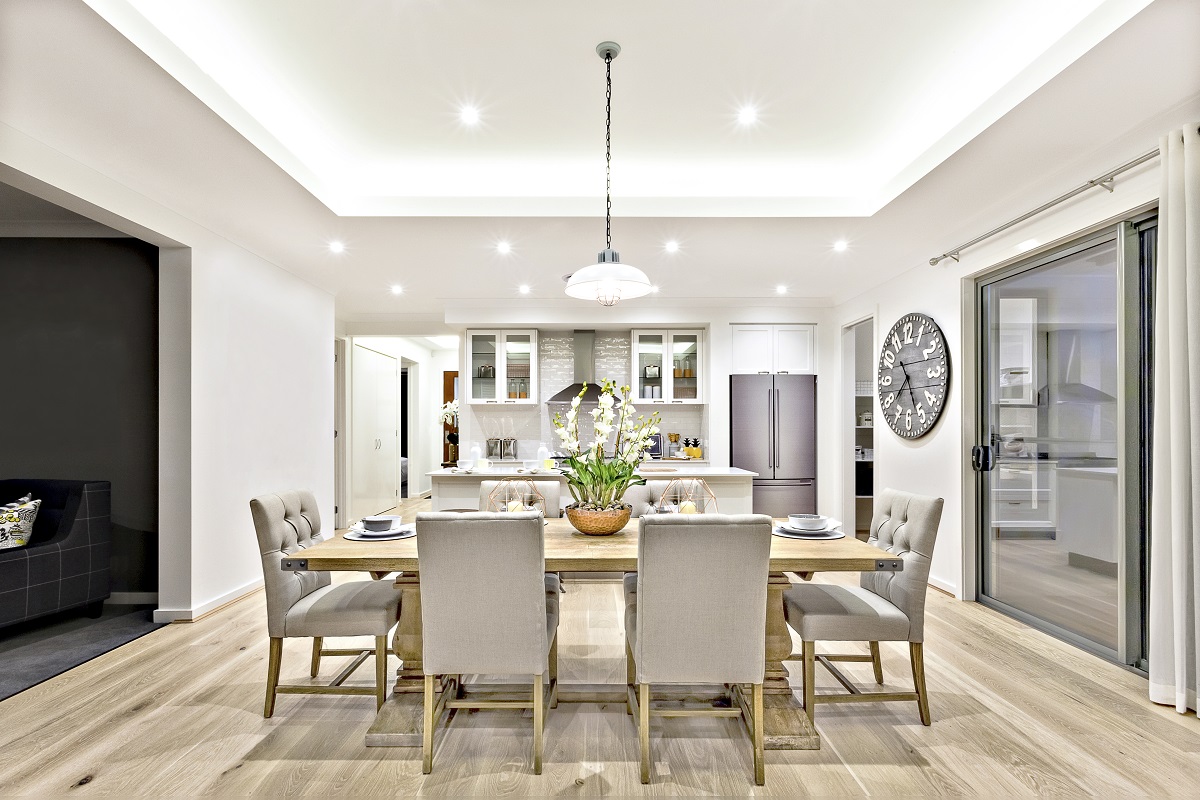

0 thoughts on “How High Above A Dining Room Table Should A Chandelier Be”